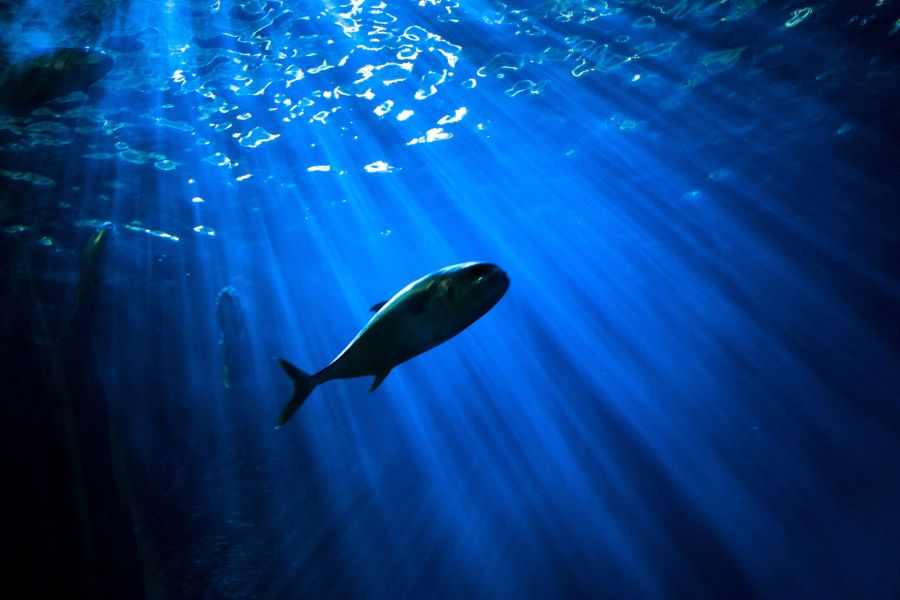One-year update: Danielle shines a light on fish

PhD candidate Danielle Crowley started a year ago on her project in WP3.1. It is time for an update on her findings and plans.
Keeping rhythm
by Danielle Crowley
Fish, like humans, follow light/dark (L/D) cycles of around 24 hours. These cycles or circadian rhythms as they are otherwise known, are responsible for initiating and maintaining an array of behavioural and physiological patterns including breeding, migration, and hormone
expression. This is achievable due to the biological clock, which uses Zeitgebers (e.g. light) to remain entrained to the external environment, thereby allowing fish to respond to changes in daily and seasonal rhythms. This is especially important for the timing of migration.
Given the penetration of light deep into the water column, and the ability of fish to interpret and respond to this light, we believe light pollution has the potential to disrupt daily and seasonal rhythms of migratory fish by masking or removing natural light cues from the environment. As part of cluster 3, my PhD-research will combine fieldwork and laboratory experiments, to assess the long- and short-term consequences of the potential disruption of migratory behaviour. I will do this using the three-spined stickleback, which is a diurnal migrator, and the European eel, which is a nocturnal migrator as model species.
Over the last year, I have been establishing and fine-tuning experimental approaches for the fieldwork part of this project. Last year, we successfully swum our first couple of eels in the field in Friesland during a pilot study of our experimental approach. In this pilot run we gained valuable insights into the workability of our current approach and made necessary adjustments in preparation of our first full field season. Also, I ran a pilot lab study to test if rhythmicity patterns correlate with personality types in migratory sticklebacks. In addition to this, I established a lab population of migratory sticklebacks which have started to breed and will provide test subjects for our plans in 2023. The offspring will be raised into one of four light condition treatments (12:12 L/D,16:8 L/D, constant dimmed light, and 8:16 L/D) and tested in laboratory performance experiments. Finally, I visited two congresses, where I presented my project and received a lot of good suggestions and ideas for optimising the set-up and the experimental design.
In 2023, I have two field seasons scheduled which correlate to the migration periods of our study species (Spring & Autumn). This will be the first time that a fully mobile swimming respirometer will be taken into the field to conduct experiments on sticklebacks in Europe. I will use the swimming respirometers to assess if light pollution has affected the swimming capacity and tendency (physiology and behaviour) of fish on migration. We run experiments and observational studies at carefully selected fish passages located in areas with and without light pollution as to observe potential differences between fish using these passages.
Overall, the future looks busy but very exciting for this project. A lot of the next year will be spent either in the field collecting data and supervising students or in the lab processing data and breeding our stickleback population.

The BioClock Consortium is funded by the NWA-ORC programme of the Dutch Research Council (NWO; project number 1292.19.077).